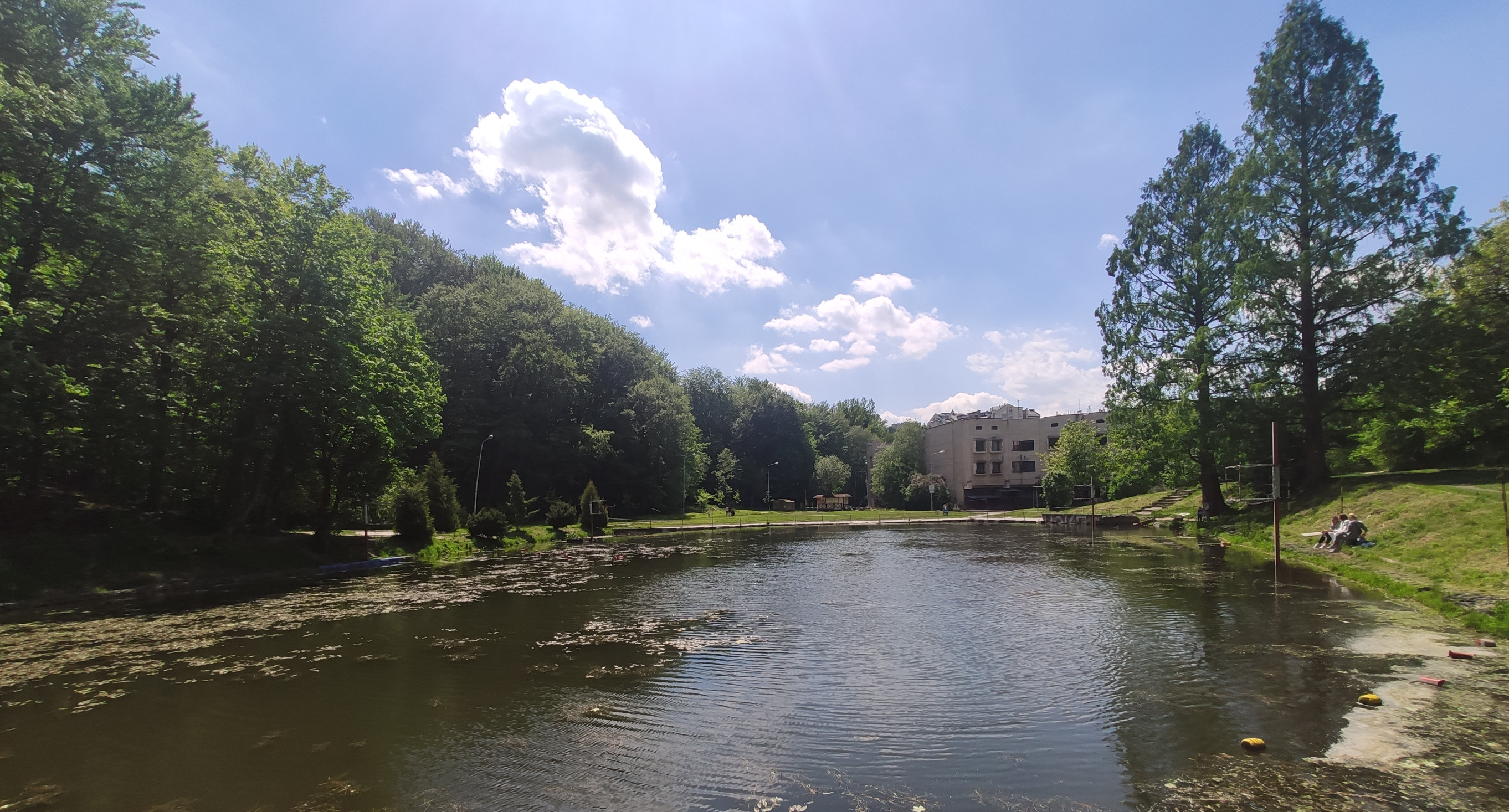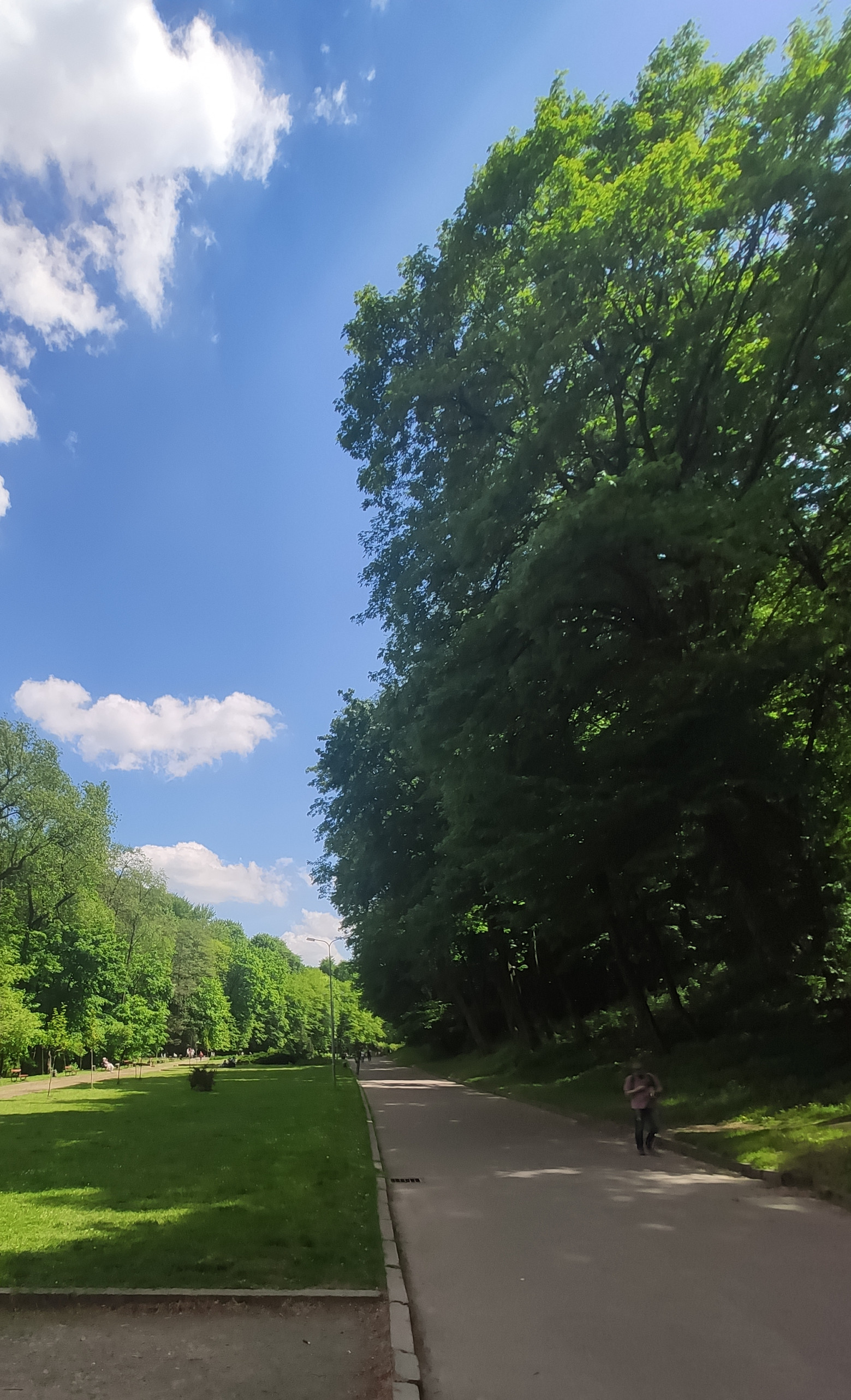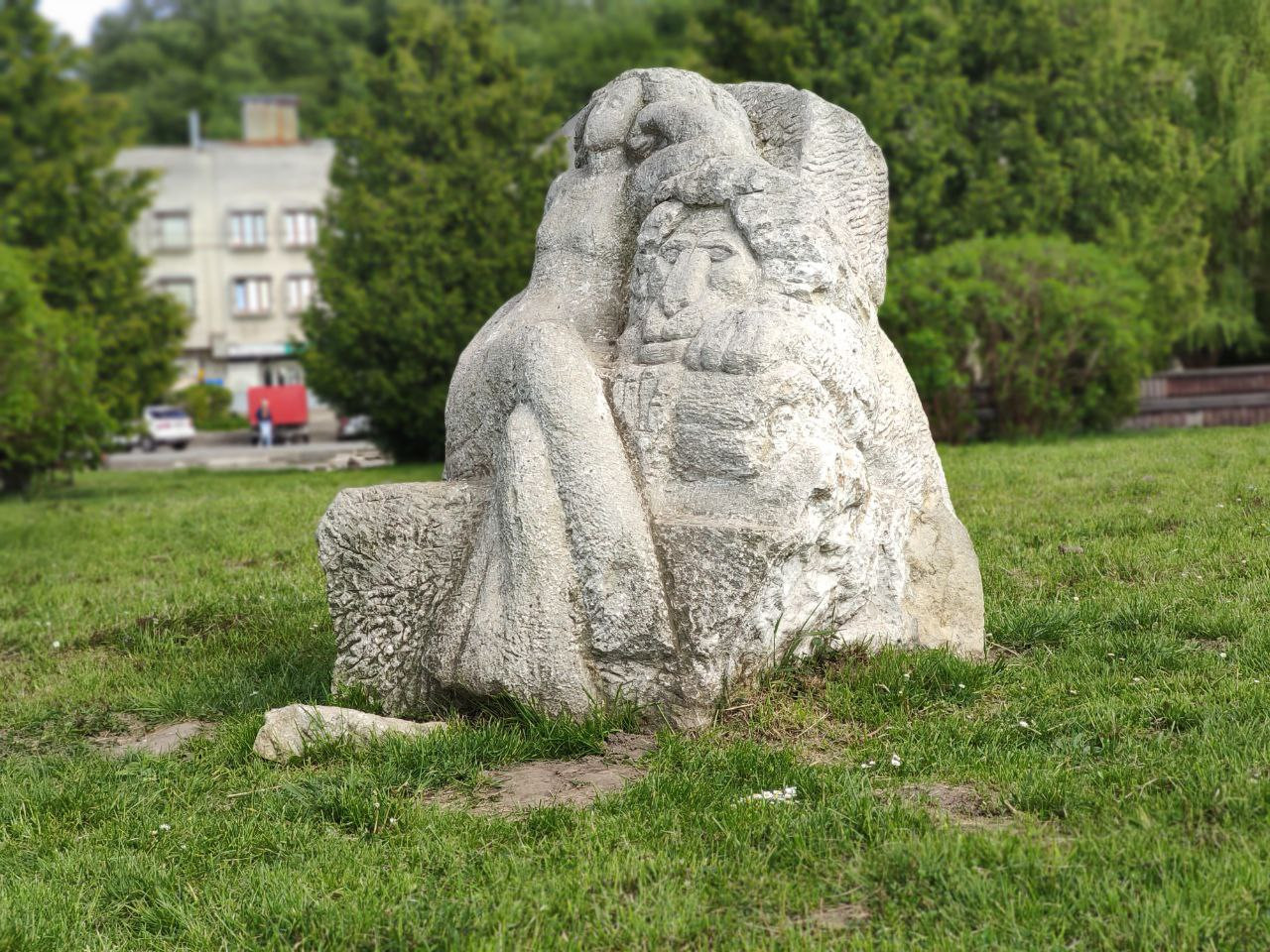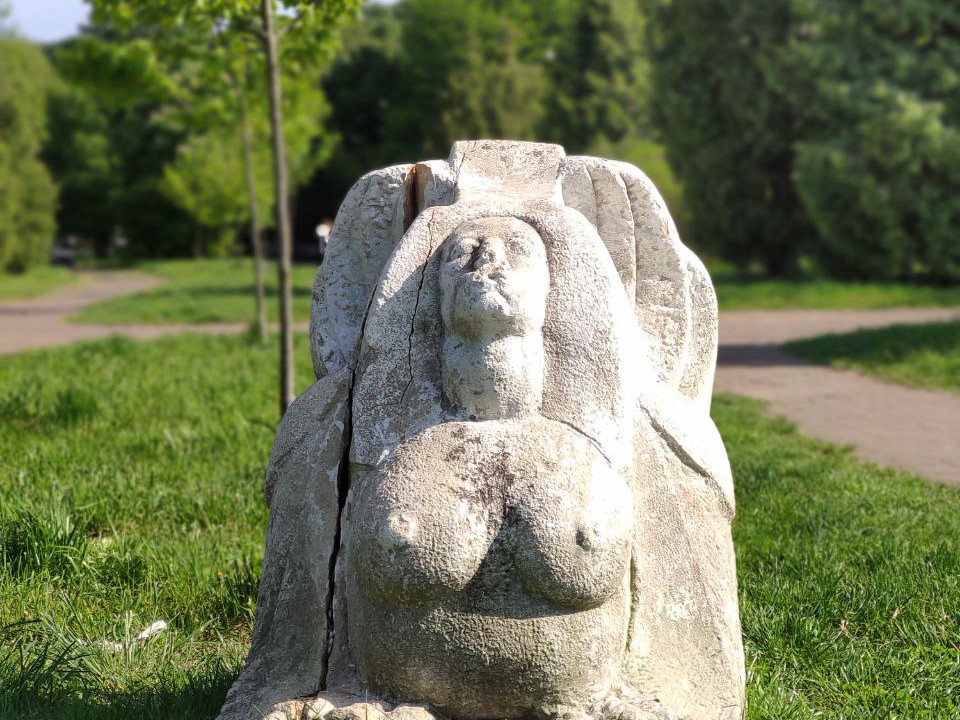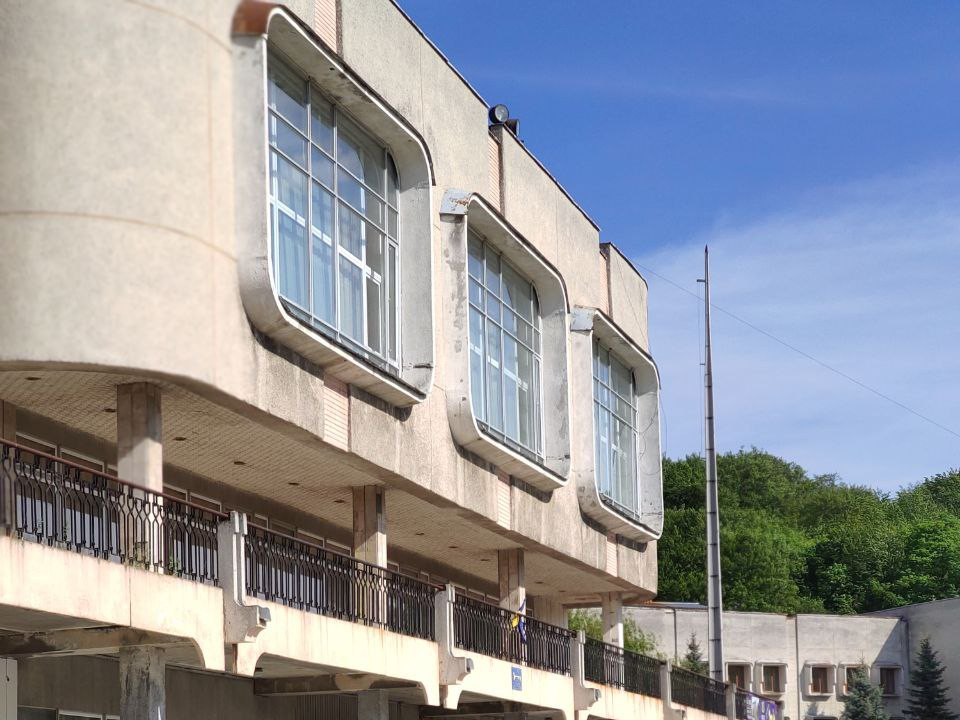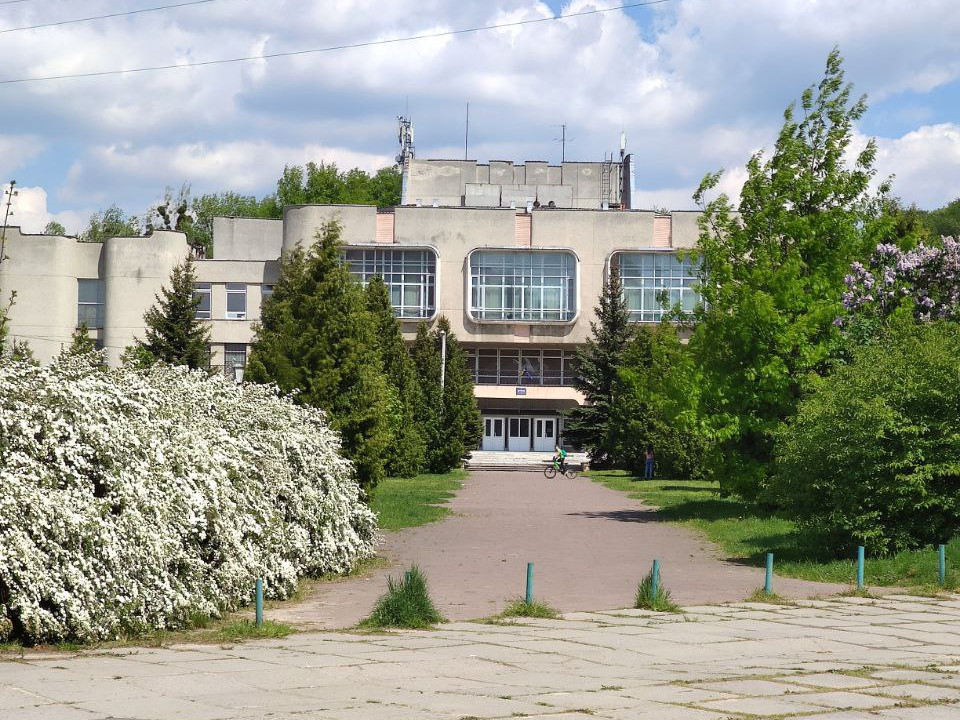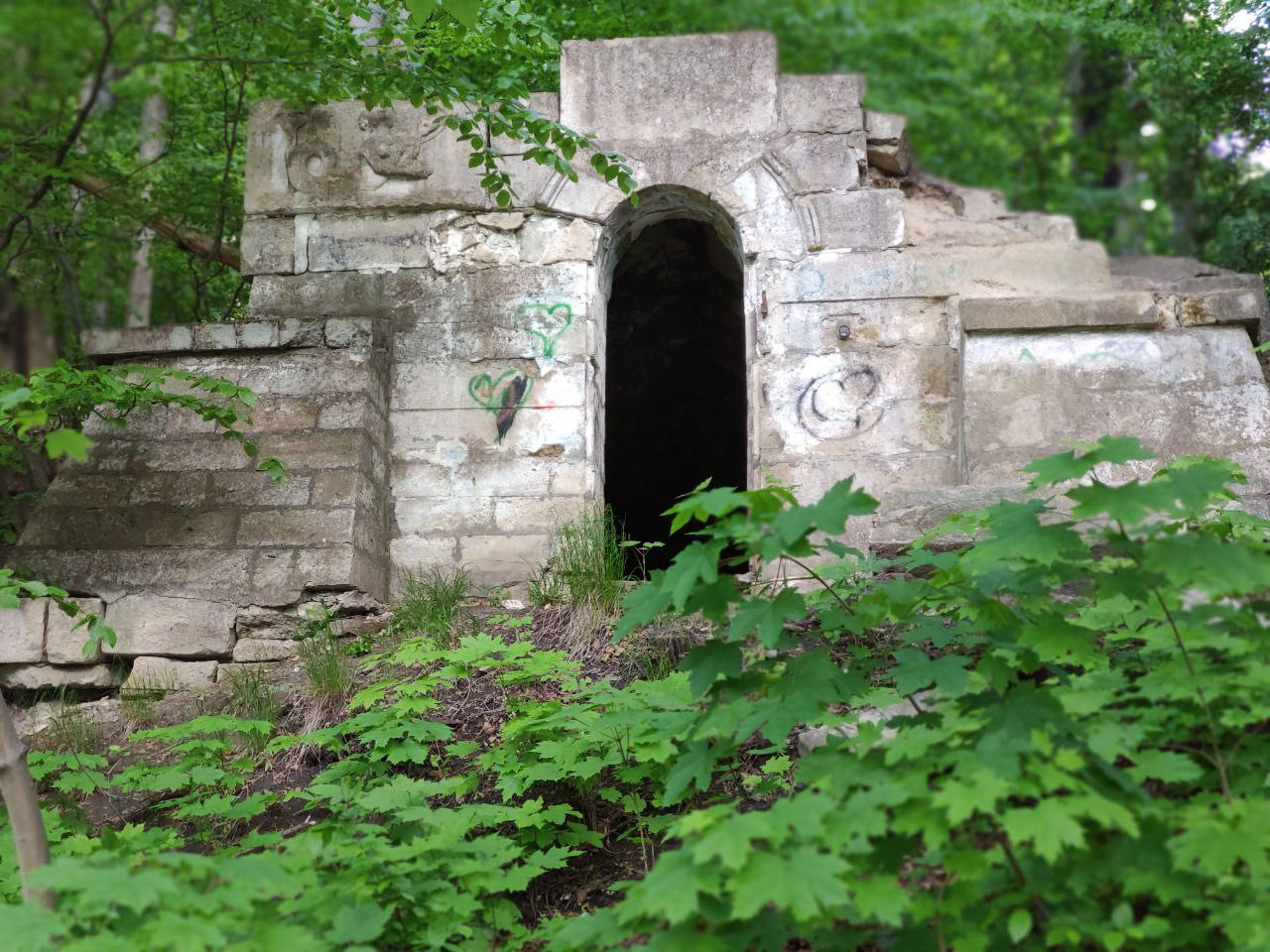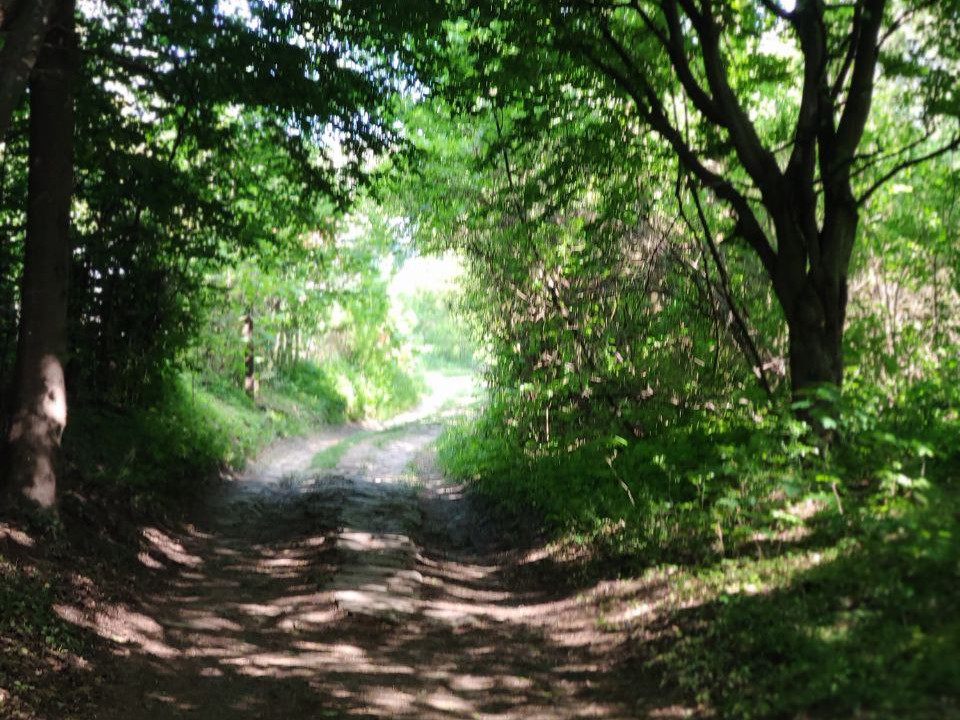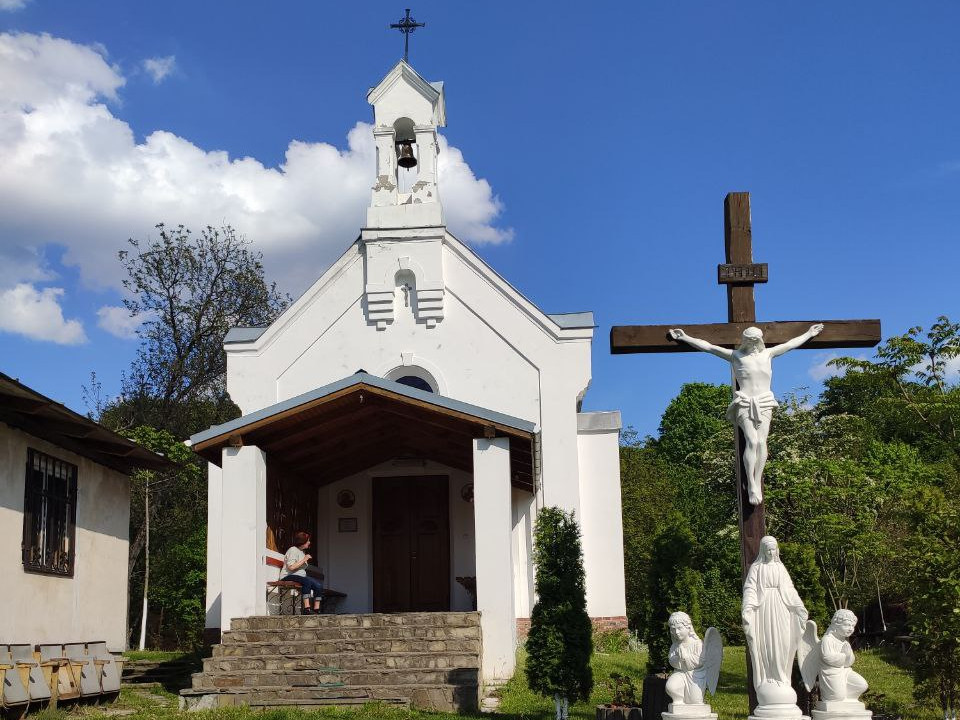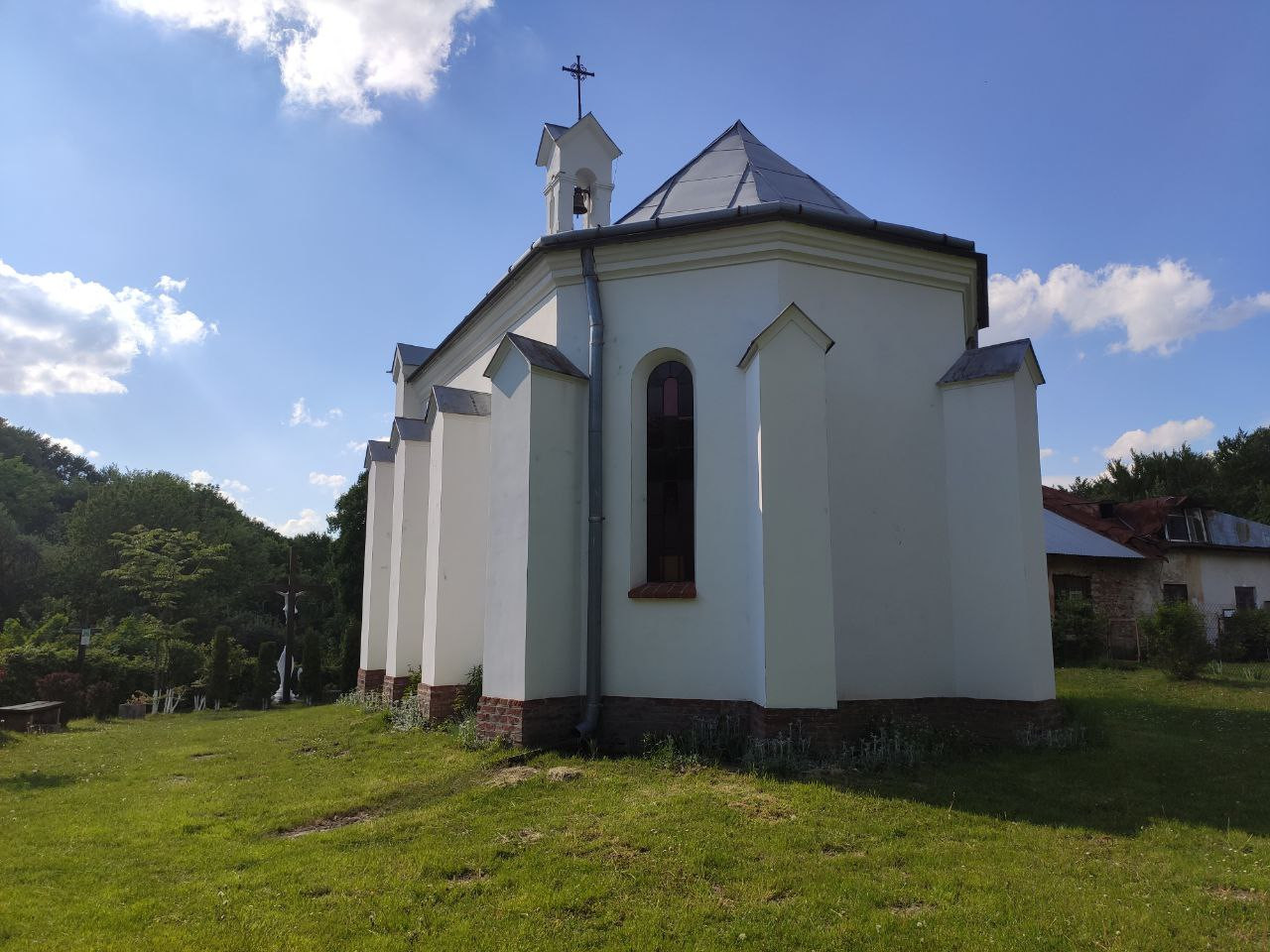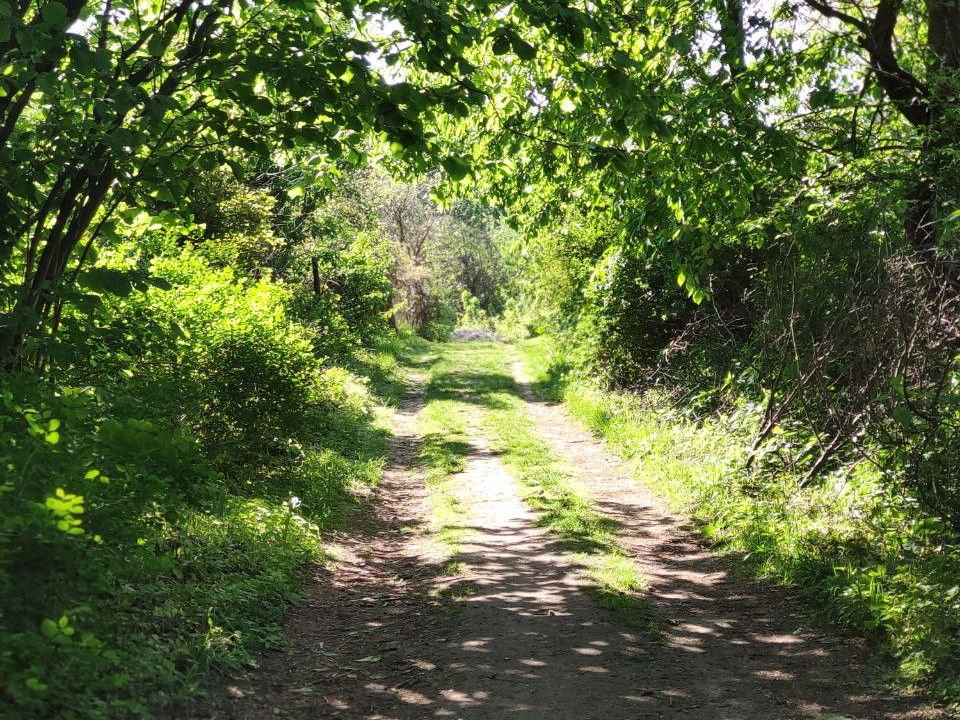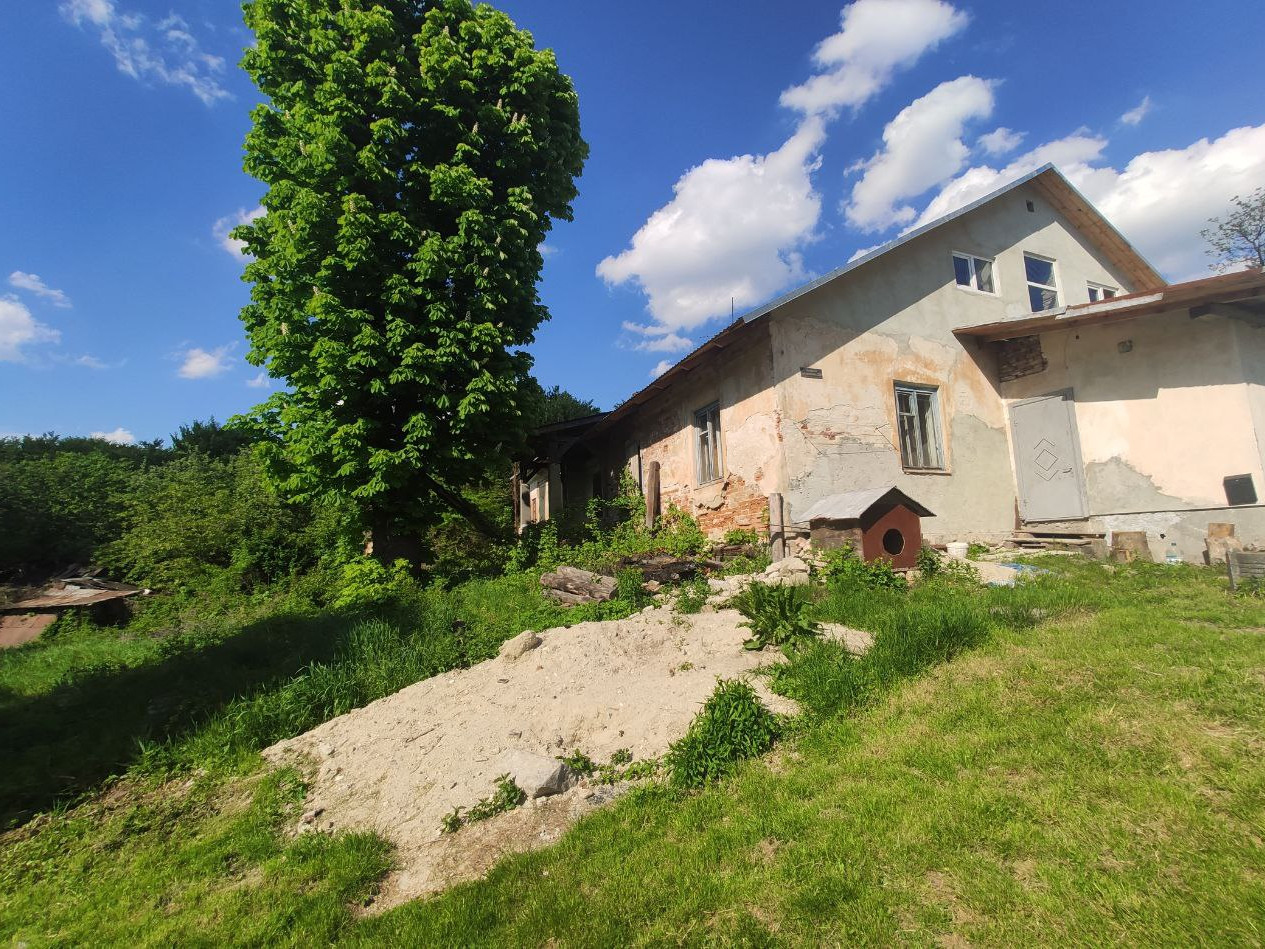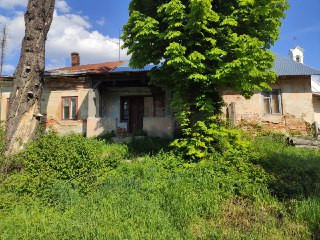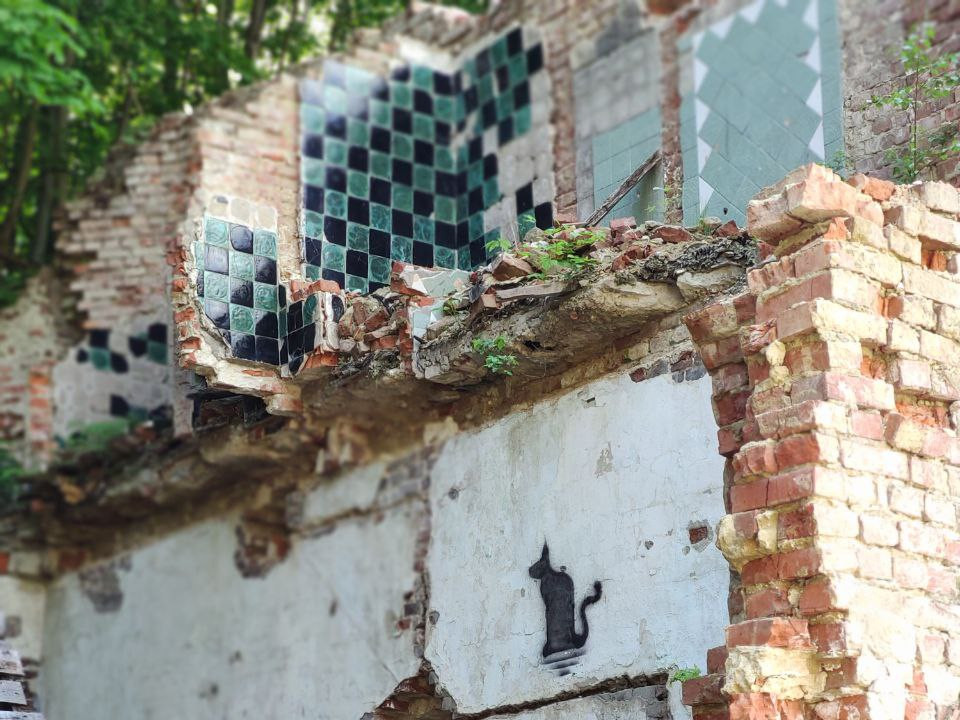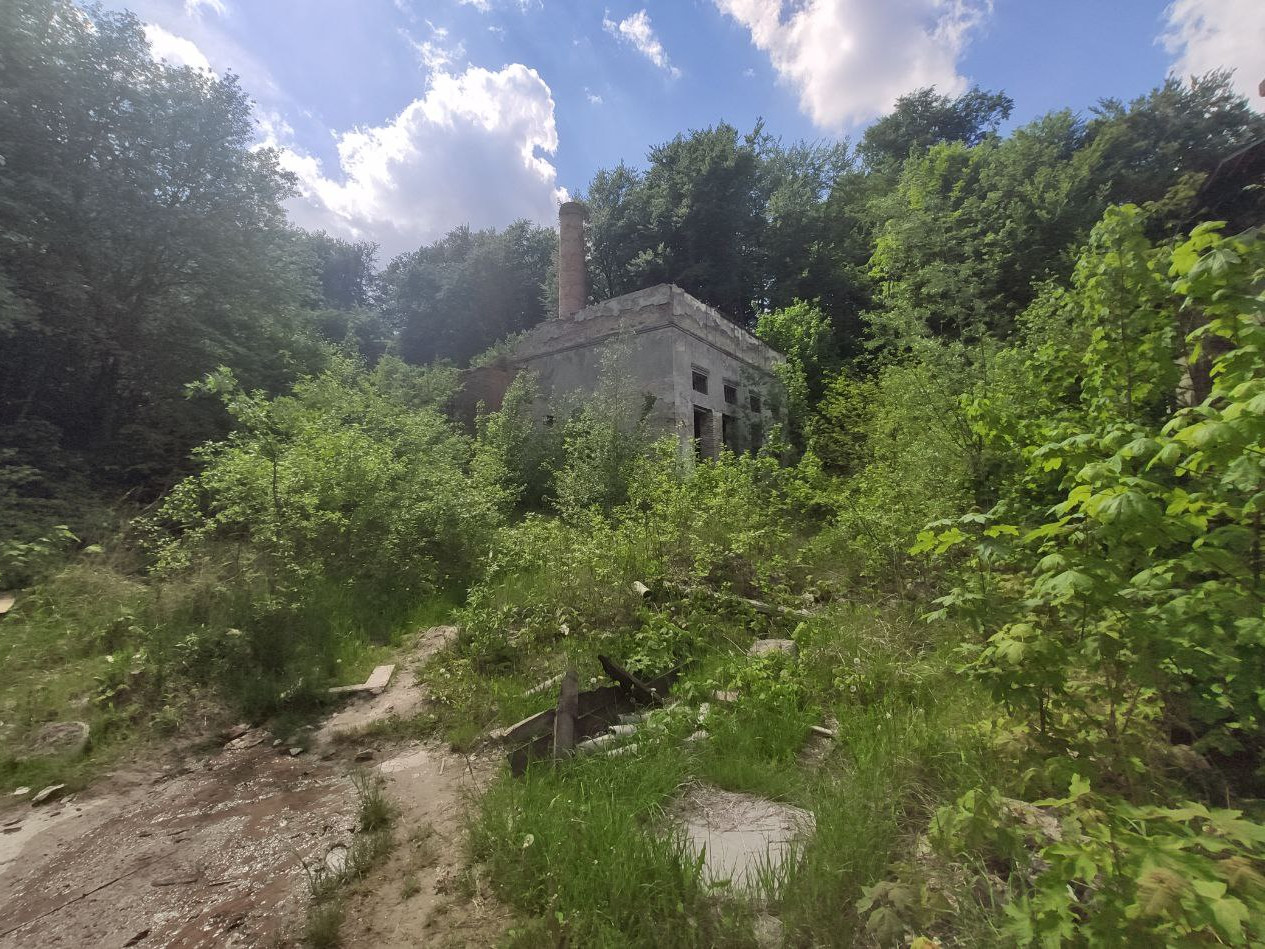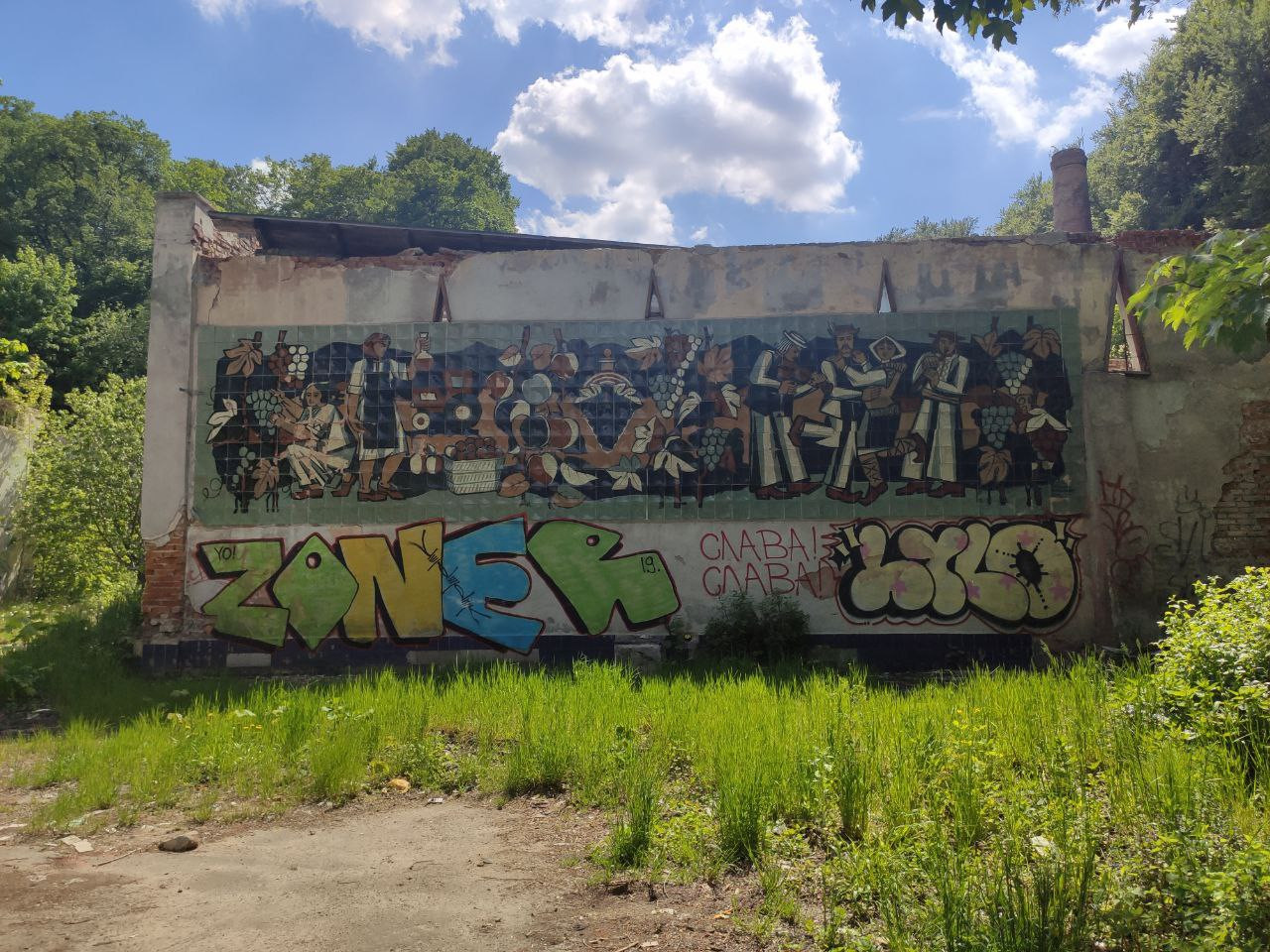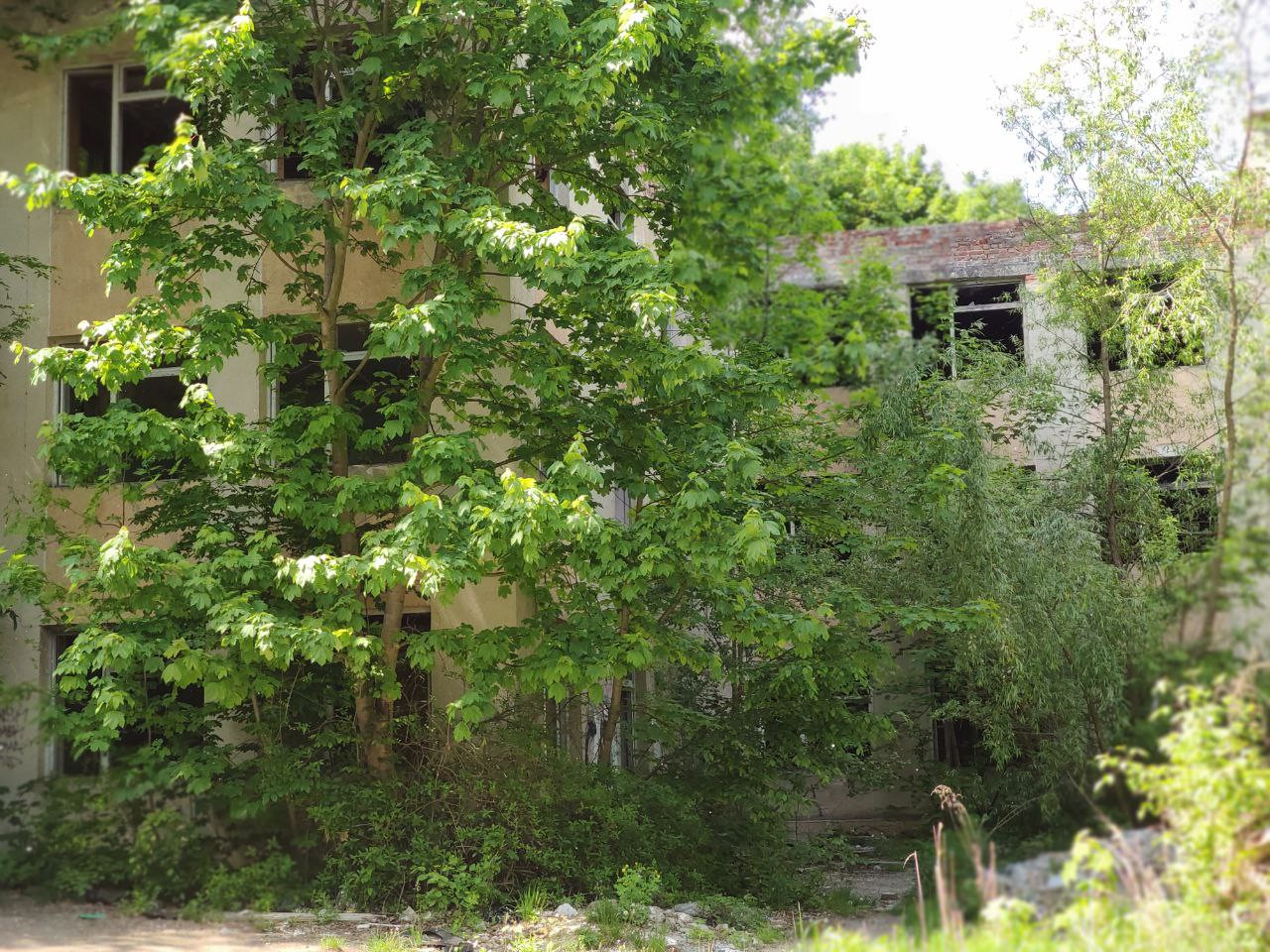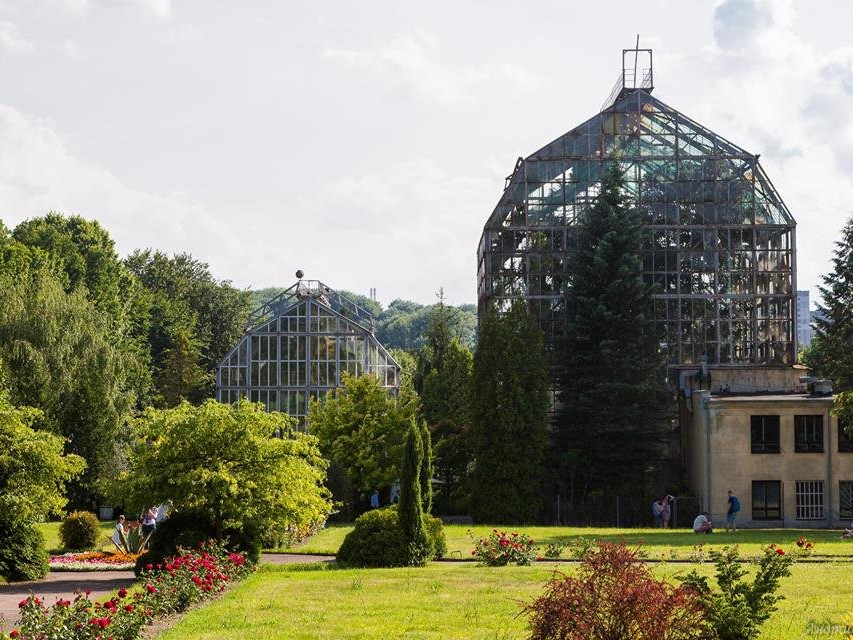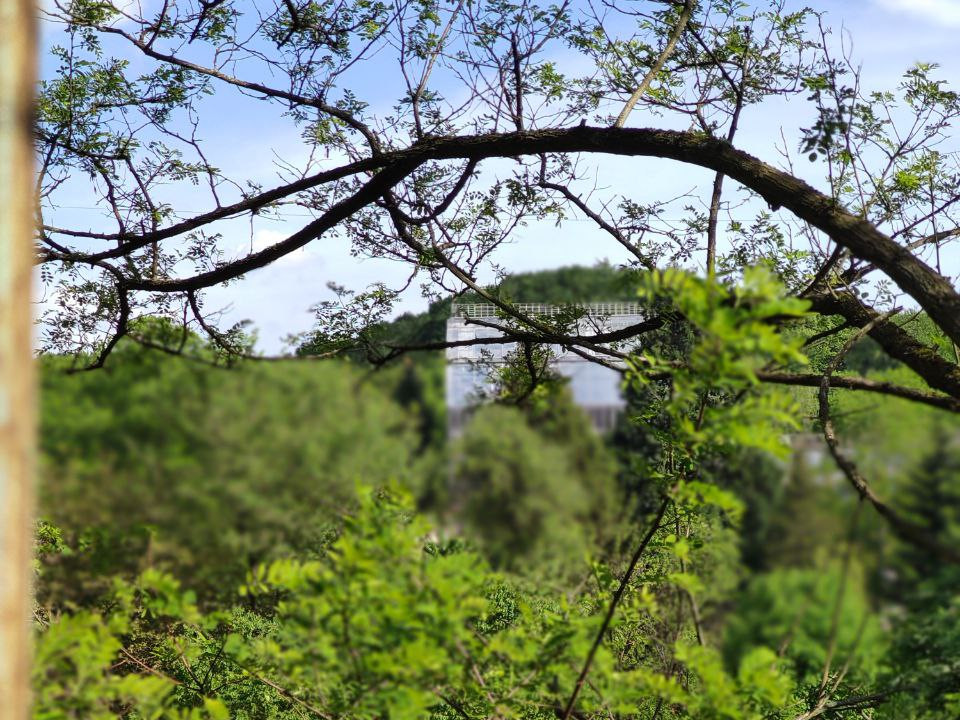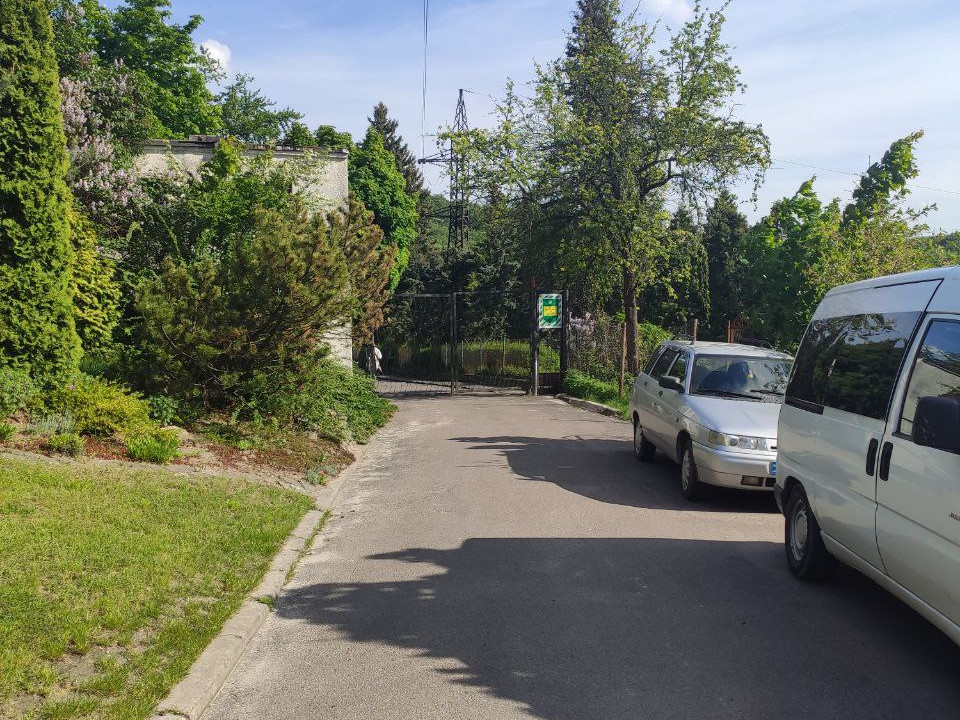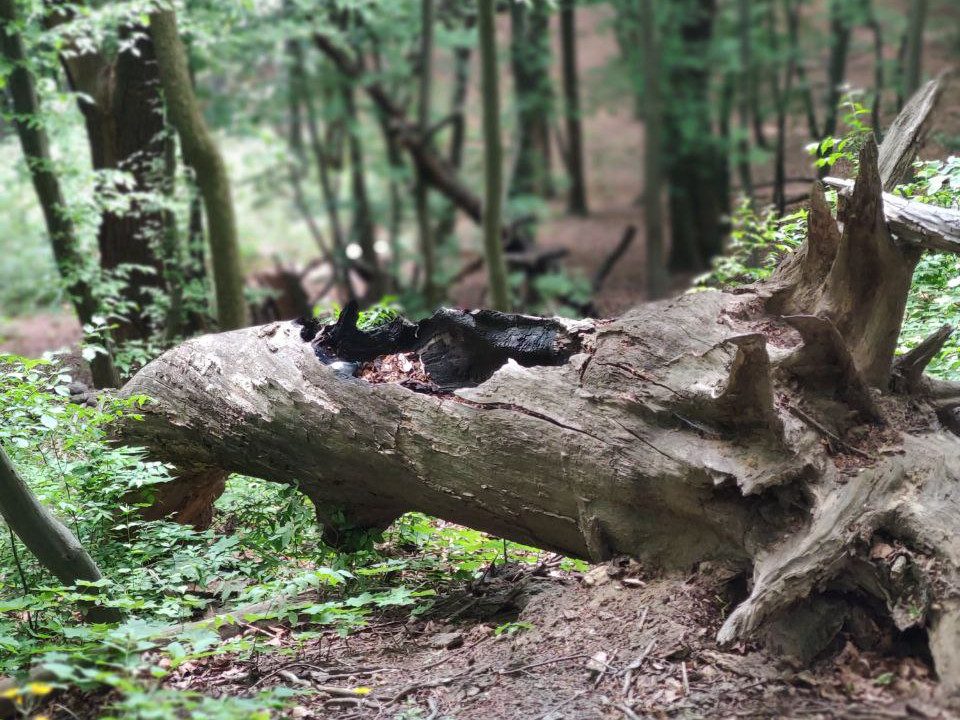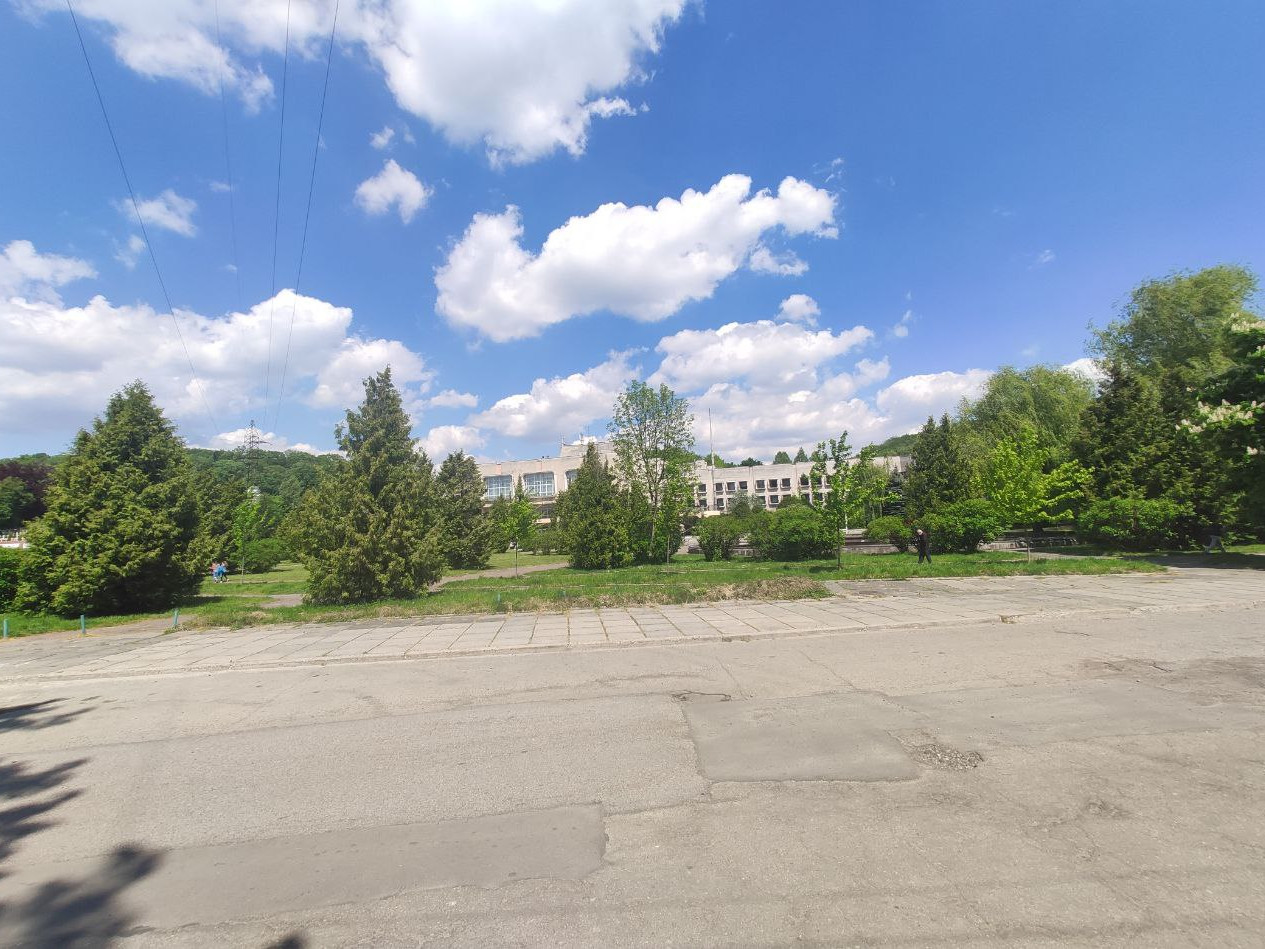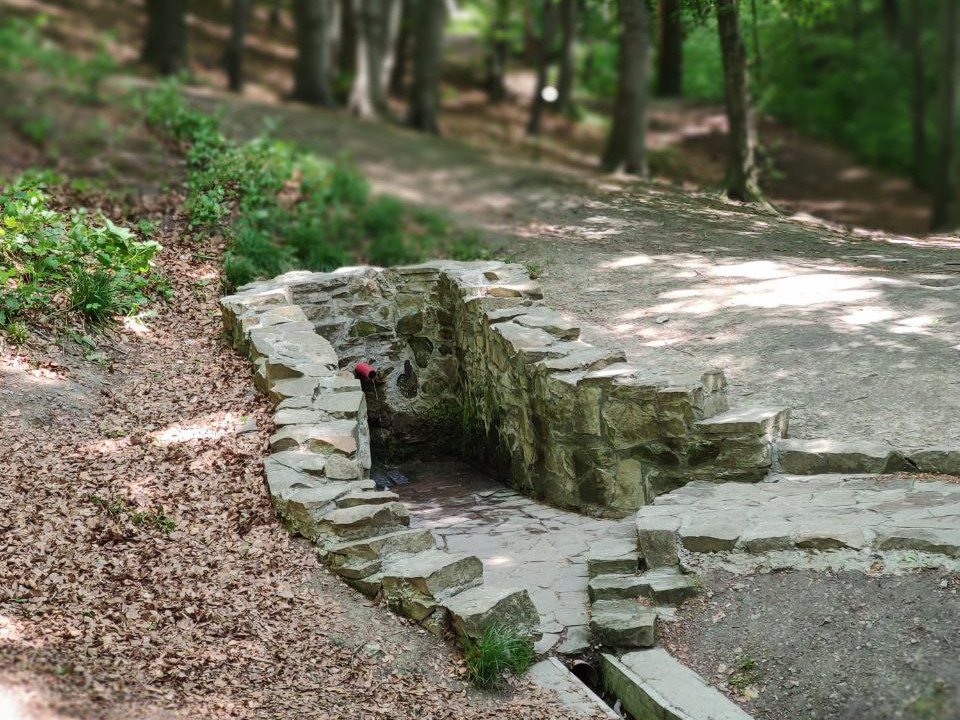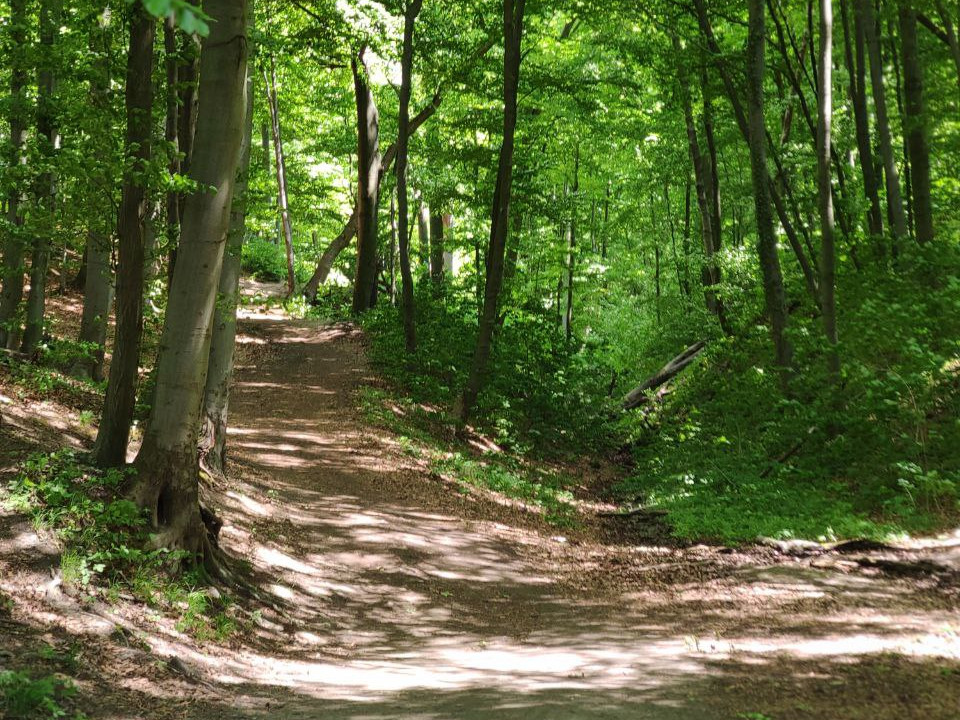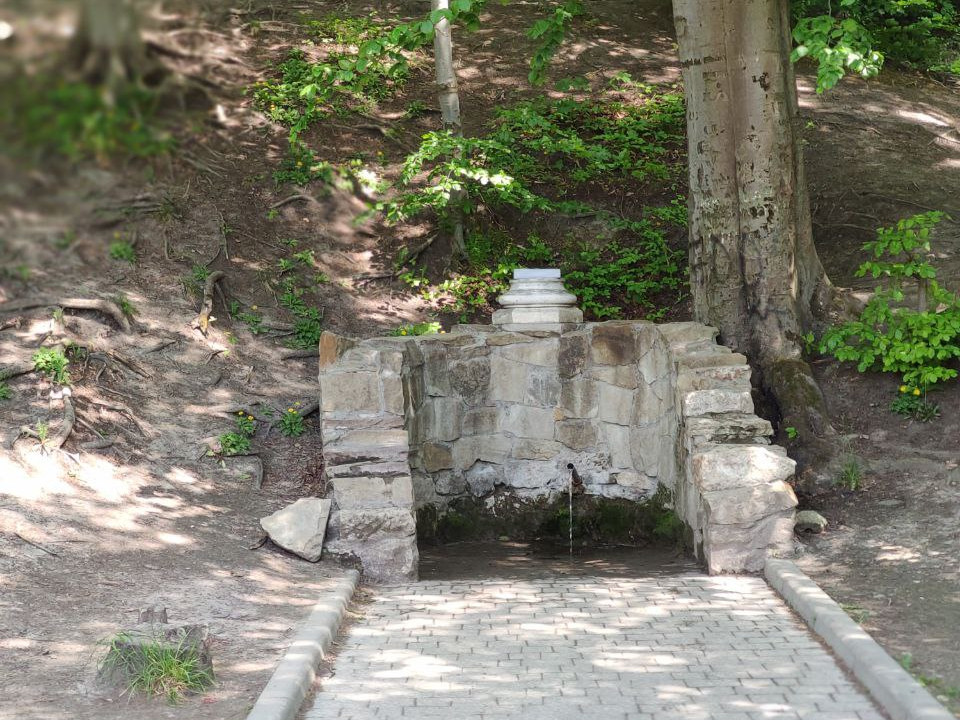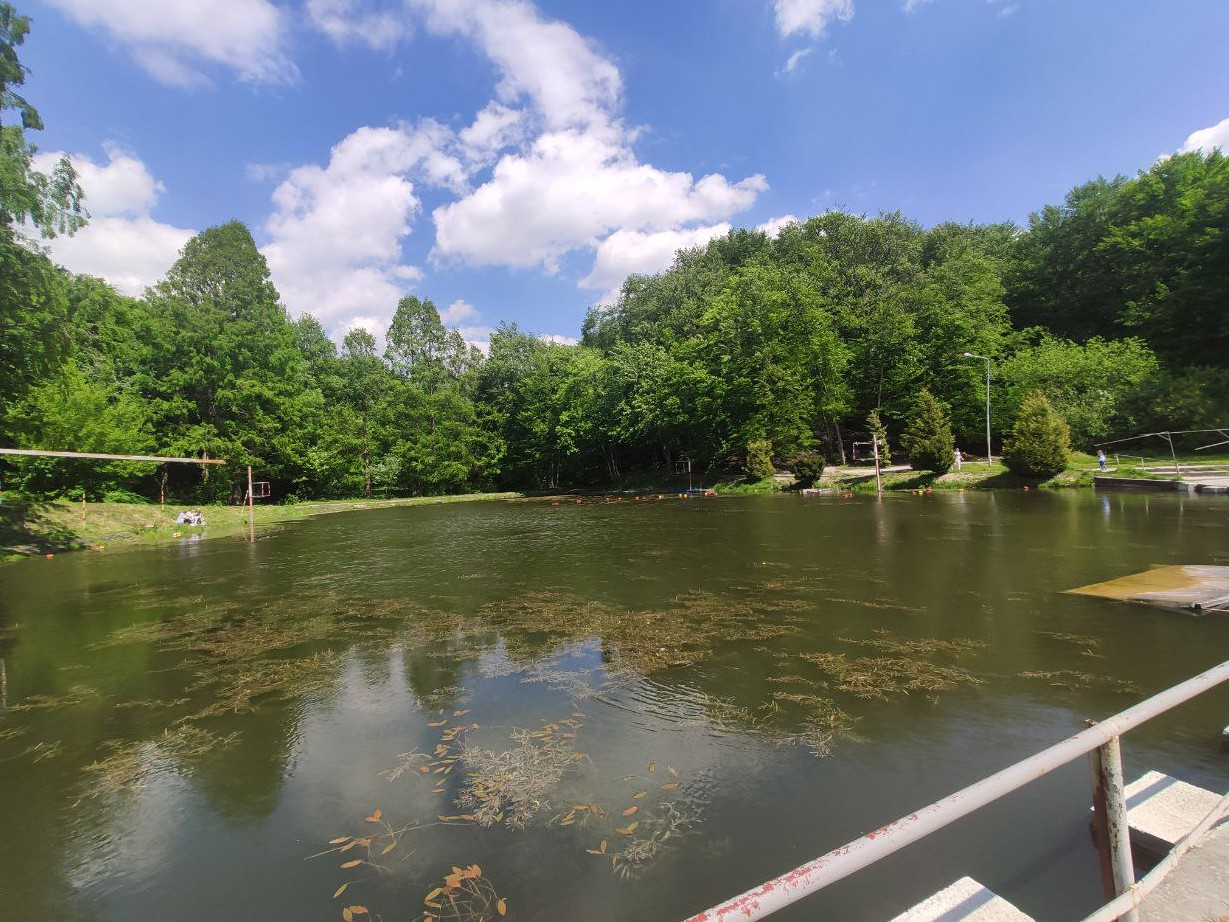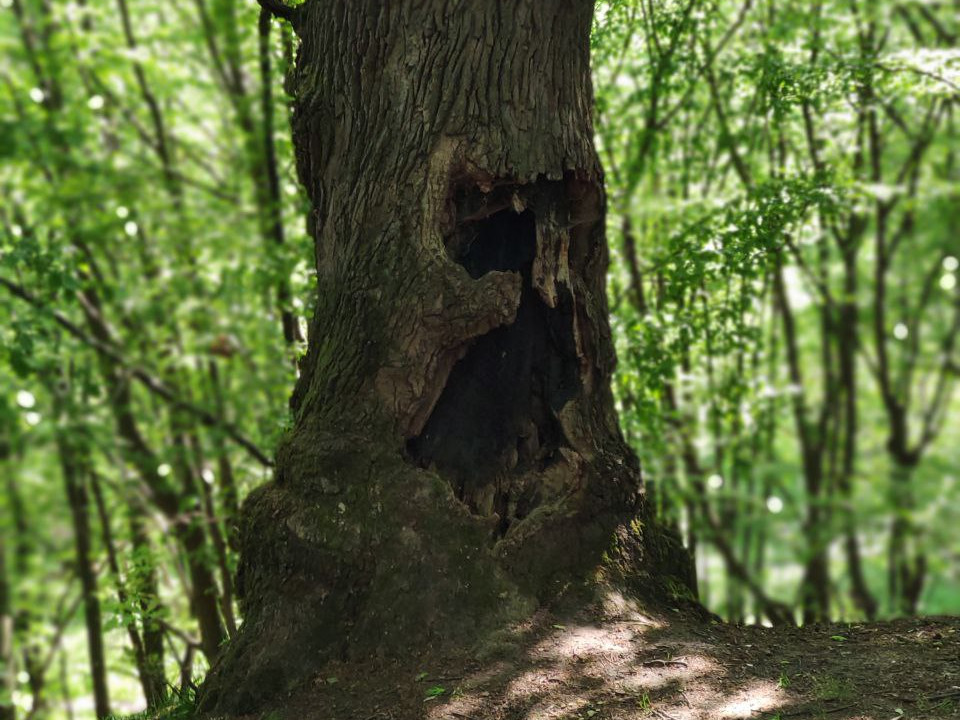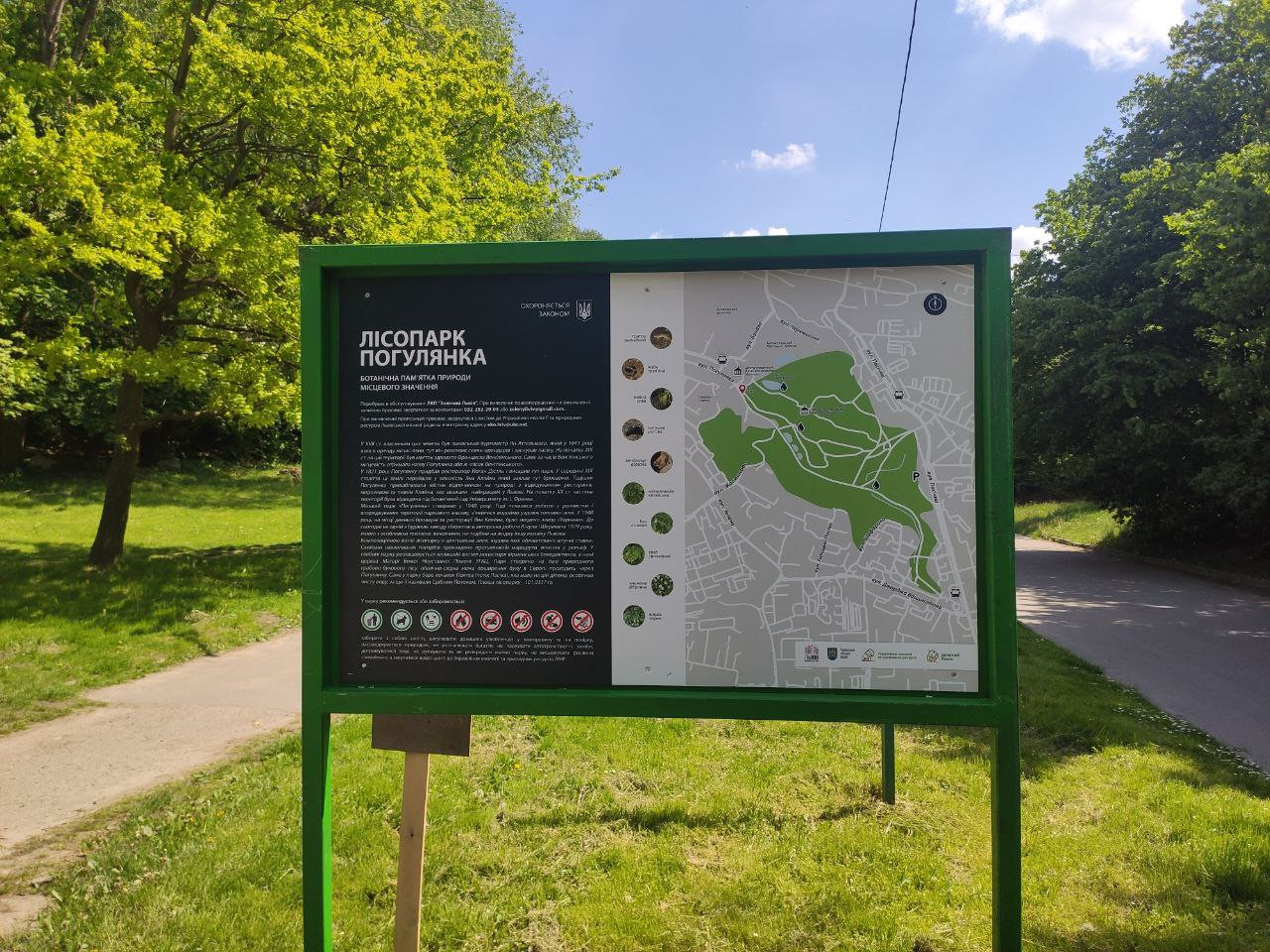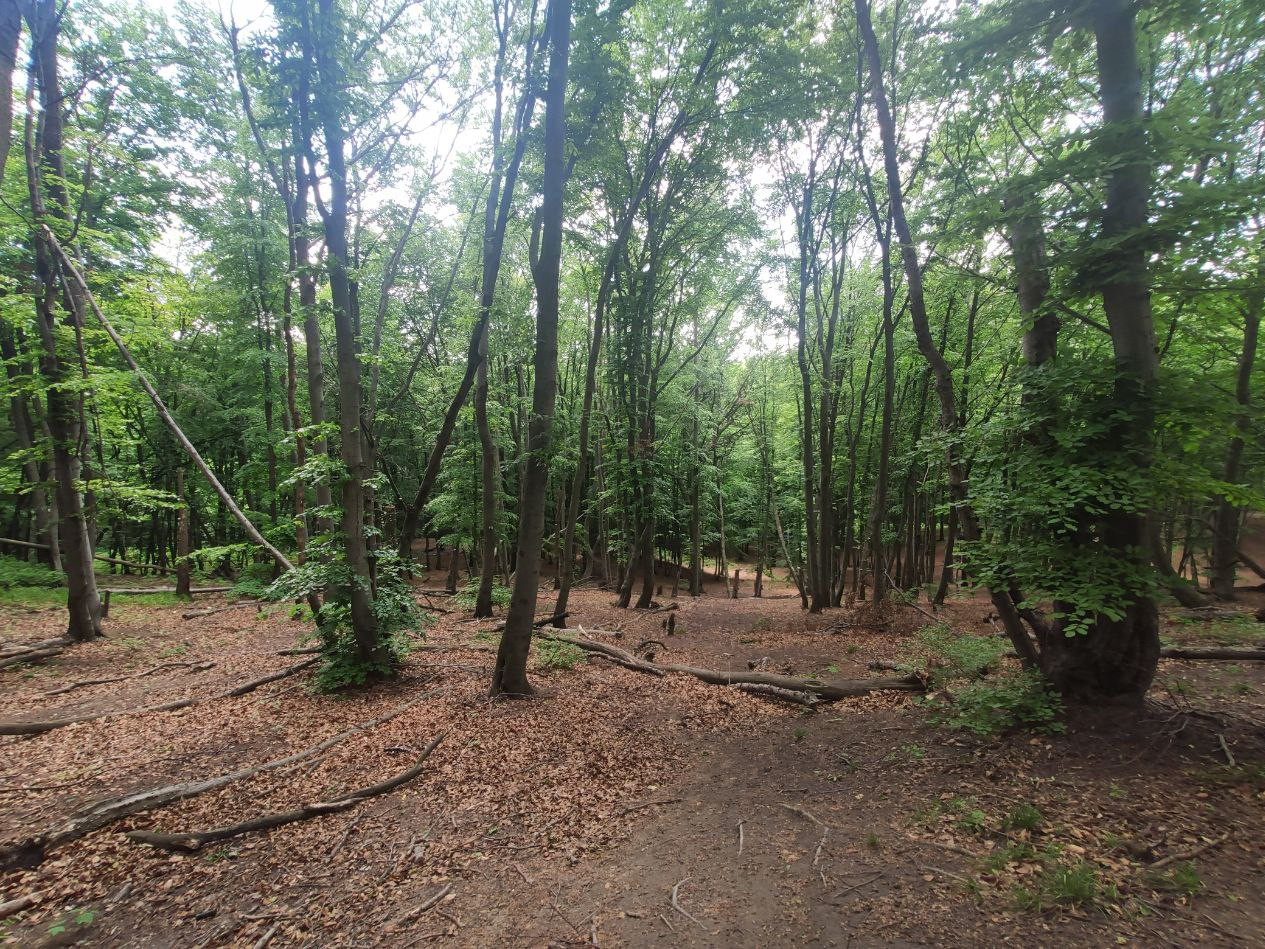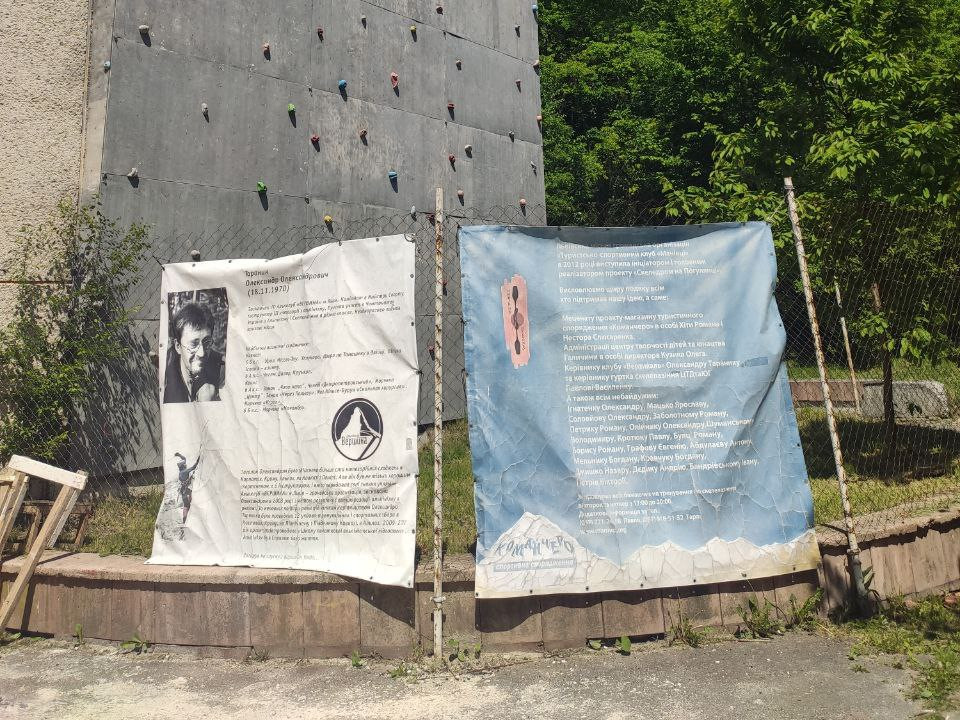If tourists climb to the tower of the Town Hall or to High Castle, they will see an ocean of greenery, between which the tops of Lviv houses, temples and modern multi-storey residential buildings will break through. Lviv is incredibly green. There are at least a few greenery in each district, and forests approach the city limits. For many Lviv residents, a walk, jog or meeting in the park is a tradition, and the parks themselves have an interesting and ancient history.
Tourists, who want to relax from the noise of the central part of the city will first advise Kosciuszko Park, Culture Park, Stryiskiy Park, because these parks are closest to the city center and the most ennobled. But there are parks in Lviv where you can't find paved alleys or comfortable benches, but they still attract in their own way. Our today's article is about one of such parks.
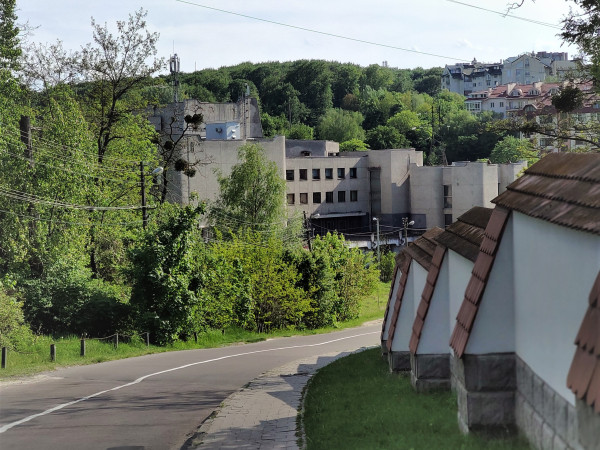
Pohulyanka is a place in the Lychakiv district of Lviv, which includes the Pohulyanka forest park itself and the area between it, the Lychakiv cemetery and Studentska and Zelena streets. The name “Pohulyanka” comes from the word “walk”. The park has a long and interesting history.
In 1641, Jan Attelmeier, a burgher from Lviv, a burgomaster who belonged to one of the richest families of Lviv patricians, rented city fields, on the territory of which the Pohulyanka city park is located today, where he laid an apiary and resettled tenant peasants. called “Attelmayer apiary”, but the family estate was completely destroyed by the Turks in 1672. It is interesting that one of the sources of Poltva, which flows under the central streets of the city, originates in Pohulyanka. In the following years, the park passed from one hand to another and was repurchased. In 1810, for 20,000 polish “zlotyi” the area became the property of a lawyer, Franciszek Wenglinski, a well-known businessman. Franciska Wenglinsky was a talented, cheerful and rich man who always gathered talents around him. It was during the time of Wenglinsky that the area was called “Pohulyanka”, or “Wenglinsky's lisok” (“small forest”).
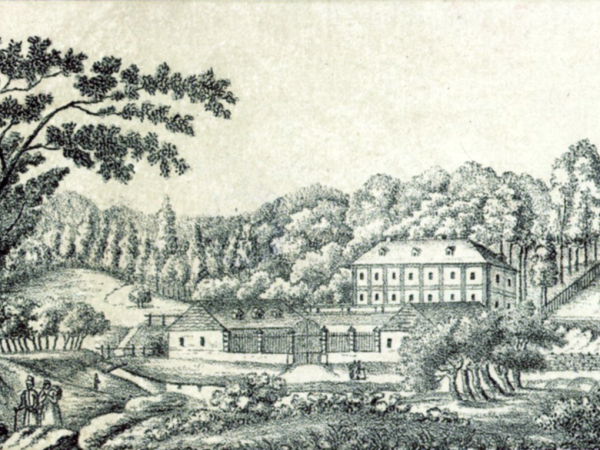
In 1821, the apiary was purchased by restaurateur Johann Ditsl, who planted a public park and laid out a “beer garden”. A beer garden, or beer garden (German: Biergarten), is a special type of open-air beer restaurant where visitors can consume their own food provided they order beer or other beverages. Such restaurants were especially popular in Germany and became popular in Galicia thanks to Austrian officials. The local visitors were Germans, Austrians and Czechs, who preferred boat trips to the local pond.
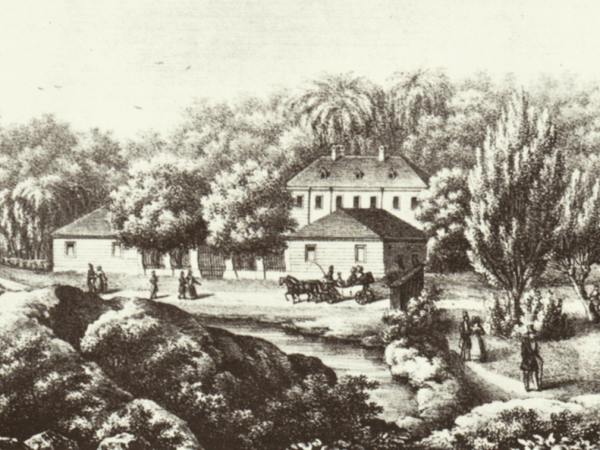
Ivan Krypyakevych, a well-known Ukrainian historian, portrayed Pohulyanka’s image at the time, recounting the story of Frantsysk Yavorsky: “In 1825, an occasional traveler described his walk in these directions as follows: Urban elegant, called “fanfarons”, were dressed in the latest fashion; the hats were short, with short scarves around their necks, and the trousers with stripes looked like circus harlequins. “Our traveler and his comrades walked along the steep paths of the grove, looked closely at the springs that beat from the ground, then went on: “We broke through thick thickets and stood on top of a mountain covered with cheerful trees, which dominates Pohulyanka. What a divine landscape opened before our eyes. Around the high mountains, in the middle of the valley, lined with trees, between which peeked imperceptibly the tower of a small chapel. There was a deafening silence around us and only the grunting of frogs interrupted it with its inharmonious sound. In this place, on the top of a mountain lined with forest moss, we forgot about the relations of the capital, about the responsibilities of the state and with overflowing hearts, silently, because true admiration never uses words, we looked at ourselves, then at the branches of trees. a gentle breeze swayed reluctantly. We plucked a few beautiful fruits of the flora, anxiously broke away from this sweet nook, where the charm of nature smiled at us from every leaf, reflected in every flower, where our mind was free from lust and as calm as the waters of a nearby pond, which did not shrink even their glass surface ...”(Krypyakevych, 1991, 111–112).
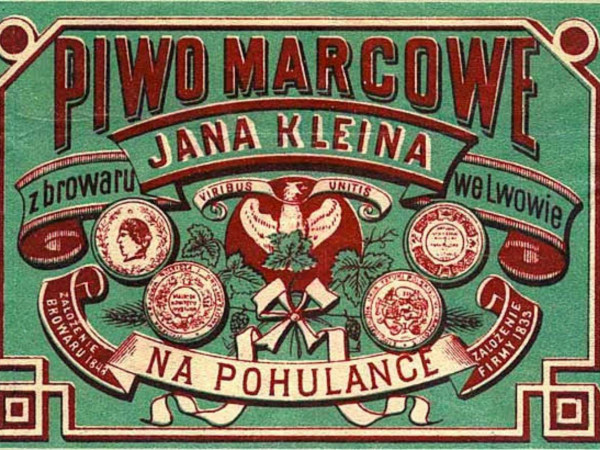
According to the description of eyewitnesses, you can understand how attractive and pretty Pohulyanka was for the residents of Lviv at that time.
In 1848 the new owner of Pohulyanka became the Lviv restaurateur Johann Klein. Having received Pohulyanka from the heirs of Distl for 15,500 gold rynsky, he dismantled the old buildings, partially drained the pond and put in its place a brewery. The then Pohulyanka attracted citizens mainly with Klein beer, which was considered one of the best in Lviv. The local restaurant was famous for its dumplings with sour cream and fried chicken, and in the summer pavilion of Mason's confectionery, nature lovers were treated to delicious ice cream. In those days the area was even called “Lviv Switzerland”.
In the following years Pohulyanka declined. At first, many industrial buildings began to appear around it, as a result of which its importance decreased. Later, with the advent of the First World War, beech trees were cut down and paths overgrown. Pohulyanka's “second life” can be considered the period from 1940, when the city park was created. Then work began on clearing and landscaping the park, there were reservoirs along the main alley. During the German occupation, work in the park stopped, but was resumed after the war. In 1962, a project of the Pohulyanka forest park was developed, which was implemented in the following years.

Today Pohulyanka occupies the territory in the triangle between Pasichna Street (in the northeast), Zelena Street and Washington Street (in the south), as well as Banach Street (in the northwest). The central axis of the park is the main alley, which runs in the valley between the hills. It is a continuation of Pohulyanka Street and leads to the intersection of Pasichna and George Washington Streets. On both sides of the alley there is an opportunity to climb the hills, from where in autumn and winter the panorama of Lviv opens.
In the park itself, there are several interesting places to visit that are worth talking about.
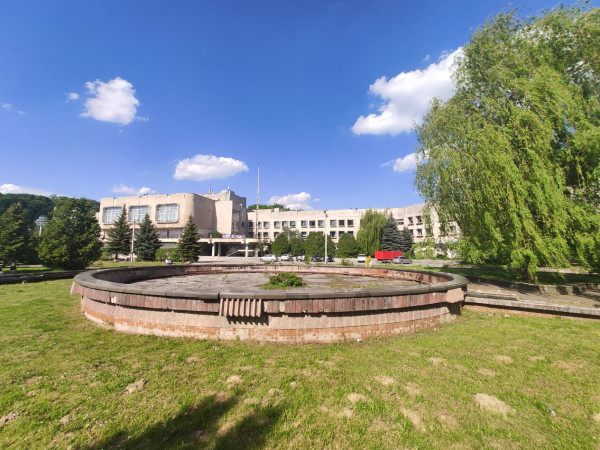
The building of the Center for Creativity of Children and Youth of Galicia is the first thing that will catch the eye of tourists who come to the park: In 1984, a huge Palace of Pioneers was built in Lviv with a total area of 14.5 thousand square meters. It is still one of the largest centers of creativity for children in Western Ukraine. Assembly, film-lecture, sports, exhibition and rehearsal halls, group work rooms, two theater stages provide all the conditions for classes and creative development of children. The palace is made in the style of constructivism, behind its columns stretches a lake.
On the right side of the palace you can see an ancient water reservoir built in 1839, and framed by carved figures of nymphs. Once Pohulyanka was one of the most important sources of drinking water for the city - to the central part of here stretched a water supply system on Levytskoho Street. And today there are several active sources from which you can drink cool clean water.
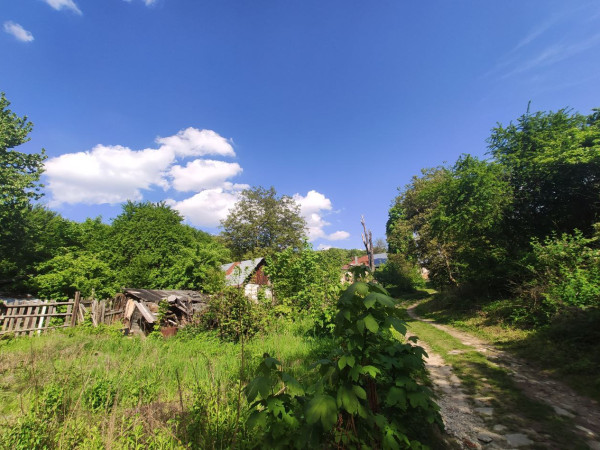
It's hard to believe, but in twenty minutes by walk from the center you can find a real hamlet. There were many legends about this place, but all that has survived today is a dilapidated hut and several barns and a small but interesting church that few people really know about. It was built in the year as an Armenian Benedictine church, on the site of a wooden church that has existed here since 1768. In Soviet times, the church was used as a warehouse for building materials. In 1997, the church was restored, which now belongs to the UGCC and is called the Church of Our Lady of Perpetual Help. In the period after the Second World War there was a zoo near the village, so you could even see zebras here!
To get to the hamlet, you need to bypass the Palace of Creativity and go up the “Way of the Cross”, in a few minutes you will see half-destroyed buildings, a small garden and a church.
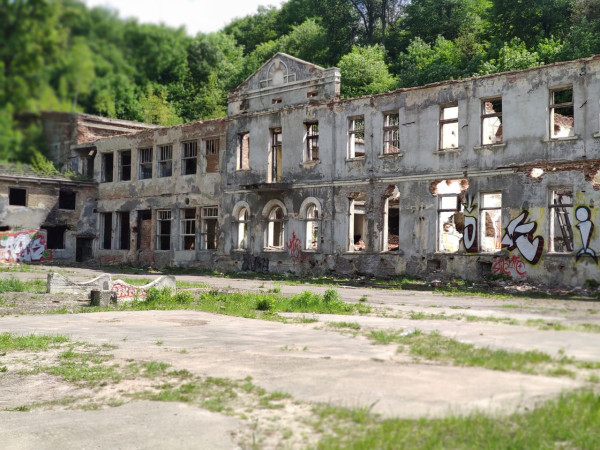
If you go along the main alley of Pohulyanka, on the right side there will be a long fence, and behind it - industrial ruins. The Jan Klein brewery, which began to decline during the First World War, was later completely destroyed, and in 1948, one of the first objects of Soviet industry in Lviv was built on the site of the old brewery – “UkrVino” plant, which produced raw materials.
Of the Soviet Union, in particular the popular vermouth "Flowers of a Walk". Back in the 2000s, you could buy local wines in the shop on the territory, and today it is a wasteland and ruins, where you can meet only diggers, lovers of ruins, graffiti and beautiful photos.

If you go up Banaha Street, you will see the greenhouses of the Botanical Garden of Ivan Franko National University of Lviv from afar, or rather the newest part of the garden (the second part is located on Cyril and Methodius Street). The territory of the botanical garden is not open all the time, but there are often open days and visitors can see a variety of terrain and vegetation of the following biomes: ponds, swamps, meadows, forest-steppe, various types of forests, plains, alpine Carpathians.
The botanical garden itself was created in 1911 on the basis of the Tsetnerivka ornamental garden purchased by the university. During 1923–1939, in addition to the plants that grew here in natural conditions, the collection grew by 851 species of plants. During World War II, much of the collection perished. In 1944, the authorities began work to restore the garden. Its territory, located near Pohulyanka, was expanded at the expense of nationalized plots that previously belonged to the Lviv Armenian Catholic Bishop Bogdanovich. These were sandy slopes covered with grass and shrubs, partly a natural forest of beech, hornbeam and oak. In the 1970s, a unique area with natural rare steppe vegetation was destroyed, and instead greenhouses were built here, where unique collections of tropical plants grow.
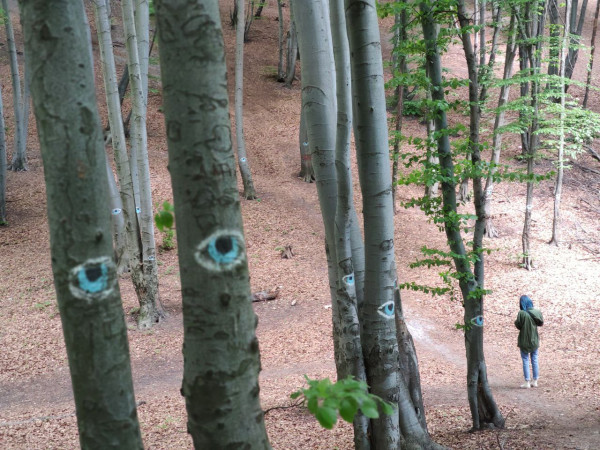
Pohulyanka Park is significantly different from other Lviv parks. There is a kind of natural savagery and mystery. There are no good paved paths, signs, benches and lanterns. The only more civilized part of the park is the central alley, and then the almost real jungle begins, with felled age-old trees, gorges and moss-covered meadows. And there are noticeably fewer people, which will definitely be a plus for tourists who want to relax in nature right in the heart of Lviv.
Address - Lviv, Pohulyanka St.
How to get there:
From the center: tram 7 from “Pidvalna Street” stop to “Pohulyanka” stop
by foot: walk along Franka Street then left to Levytskoho Street to Pohulyanka Street.
